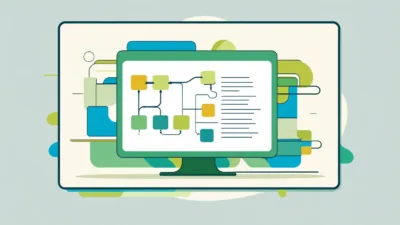In the fast-paced digital marketing world, a new wave is taking over. Brands are no longer focusing solely on flashy ads and performance-driven funnels. Instead, they are building real relationships through communities. This strategy, known as community-led growth, is quickly becoming one of the most effective ways to build loyal audiences, drive engagement, and fuel long-term growth.
Today’s consumers want more than just a great product. They want to feel connected. They crave shared values, authentic interaction, and spaces where they belong. Community-led growth taps directly into this need, giving people a reason to care, share, and stay.
What Is Community-Led Growth
Community-led growth is a marketing and business strategy where the customers and users of a product become its most powerful growth engine. It’s about building spaces where people can connect around shared interests or identities, often without direct sales tactics. These communities live on Discord servers, Slack channels, private groups, Telegram chats, or even inside niche comment sections.
These spaces go far beyond customer support. They are where people exchange ideas, share feedback, celebrate wins, and support each other. Brands that embrace this approach are seeing stronger loyalty, better retention, and significantly more organic referrals.
Why Community Is Overtaking Paid Ads
With the rise in ad costs and changes in data privacy, traditional advertising is no longer the guaranteed growth tool it once was. Algorithms are less predictable, and paid campaigns have a shorter shelf life. On the other hand, community-led brands grow through trust, advocacy, and word-of-mouth, which results in a much healthier customer acquisition cost.
Community fosters genuine emotional connection. When someone feels part of a group or mission, they don’t just buy from you once. They stay, advocate, and invite others. This kind of loyalty can’t be bought with a Facebook ad. It has to be earned through shared experiences and real conversations.
Creators Are Leading the Movement
Creators are some of the earliest and most effective adopters of community-first marketing. Influencers on TikTok, YouTube, and Instagram are using comments, private groups, and livestreams to deepen relationships with their followers. Many are monetizing through memberships, early access perks, or private channels, where engagement is deeper and more meaningful than any feed post.
This shift has not gone unnoticed by brands. Smart companies are no longer just partnering with creators for exposure. They are collaborating with them to co-build communities that last, combining the authenticity of creator engagement with the trust-building power of shared space.
How to Build a Strong Community
Launching a group chat or Discord channel is not enough. True community-led growth requires intentional design. You need a clear mission and consistent engagement. You should give members a reason to show up and keep coming back. This could include exclusive content, behind-the-scenes access, early product drops, or value-driven discussions.
Let the community have a voice. Empower members to share their experiences, help each other, and take ownership. When they do that, the community becomes self-sustaining. Your brand becomes more than a product. It becomes a place people want to be part of.
Community Is the Future of Digital Marketing
As trust in traditional advertising declines, the power of belonging becomes stronger. People no longer want to be sold to. They want to be invited in. They want to participate. They want to co-create.
If you’re a brand, a creator, or a solo entrepreneur, building a community might be the smartest move you make. Not only will it reduce your dependency on volatile platforms and ad costs, it will give your audience something to rally around.
In the next era of digital marketing, success won’t come from how much you can spend. It will come from how well you can connect.



